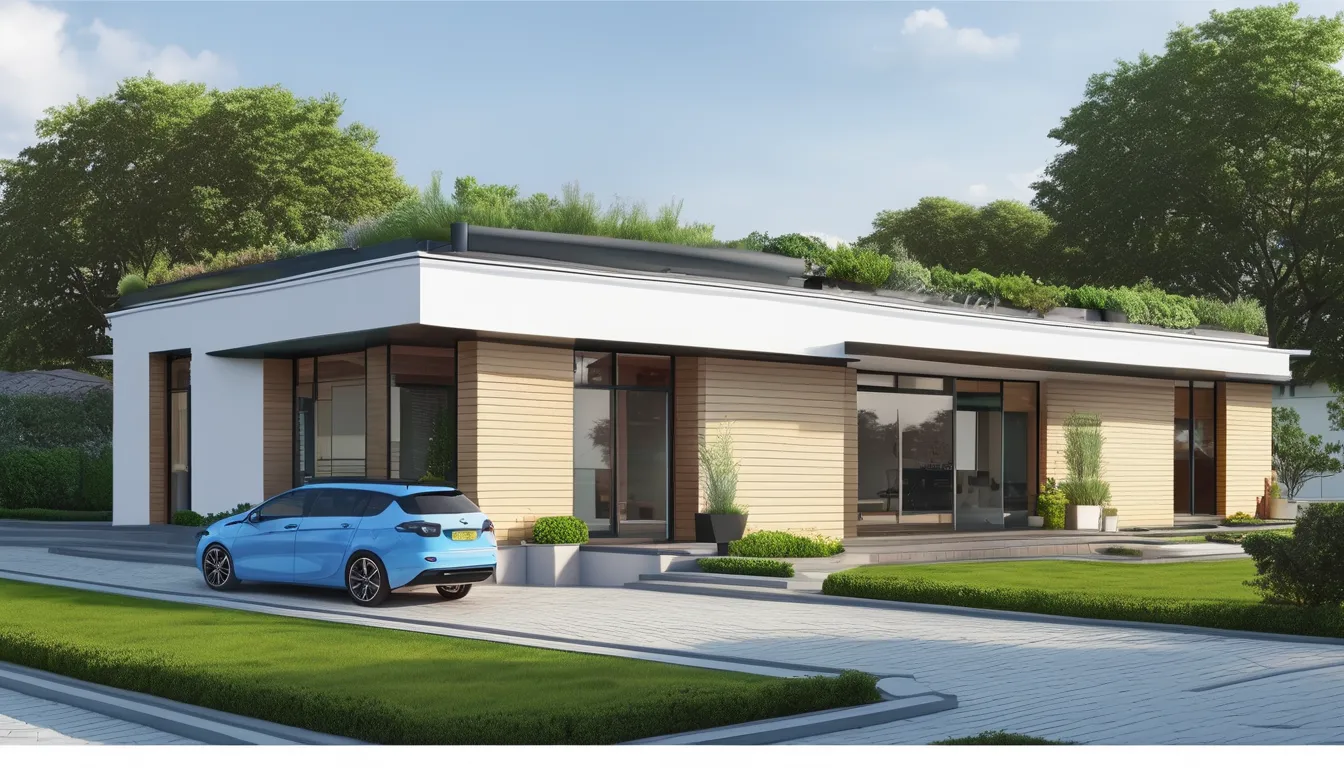When considering flat roof installation, you might want to explore how EPDM membranes could provide the protection you need. These membranes aren’t just durable; they also offer impressive waterproofing capabilities that can withstand extreme weather. You’ll appreciate their flexibility and seamless installation, which significantly reduces the chances of leaks. But what about the installation process itself and the long-term benefits? Understanding these aspects can be crucial in making an informed choice for your roofing needs. Let’s uncover the details that could influence your decision.
Benefits of EPDM Membranes
When you choose EPDM membranes for your flat roof installation, you’re opting for a solution that offers resilience and longevity.
These synthetic rubber membranes are known for their impressive durability and can withstand extreme weather conditions, including heavy rain, snow, and UV exposure. This means you won’t have to worry about frequent repairs or replacements.
One of the standout benefits of EPDM is its excellent waterproofing capabilities. The seamless installation process minimizes the risk of leaks, ensuring your building remains protected from water damage.
Additionally, EPDM membranes are highly flexible, allowing them to expand and contract with temperature changes without cracking.
Another advantage is their energy efficiency. By reflecting sunlight, EPDM can help reduce heat absorption, contributing to lower cooling costs in the summer months.
Plus, they’re resistant to hail and other harsh elements, which means you can count on them for long-lasting performance.
Lastly, EPDM membranes are environmentally friendly. They can be recycled at the end of their life cycle, making them a sustainable choice for flat roofing.
Installation Process Overview
Installing EPDM membranes on your flat roof involves a straightforward process that ensures a durable and watertight seal.
First, you’ll need to prepare the surface by cleaning it thoroughly to remove any debris or contaminants. This step is crucial as it allows the adhesive to bond effectively.
Next, you’ll measure and cut the EPDM membrane to fit your roof dimensions. Make sure to leave a little extra material around the edges for proper sealing.
After that, you’ll apply the adhesive, following the manufacturer’s instructions carefully.
Here’s a simple overview of the installation process:
- Surface Preparation: Clean the flat roof surface and ensure it’s dry and smooth.
- Membrane Cutting: Measure and cut the EPDM membrane to the required size.
- Adhesive Application: Apply adhesive evenly and press the membrane down, ensuring a strong bond.
Durability and Longevity
EPDM membranes are renowned for their impressive durability and longevity, making them a top choice for flat roof systems. When you choose EPDM, you’re investing in a material that can withstand extreme weather conditions, from intense sunlight to heavy rainfall and even snow. This resilience means fewer repairs and replacements, saving you time and hassle over the years.
One of the standout features of EPDM is its resistance to ozone, UV radiation, and harsh temperature fluctuations. Unlike other roofing materials that may crack or degrade, EPDM maintains its integrity, ensuring your roof remains watertight and functional.
Additionally, these membranes can last up to 50 years with proper installation and maintenance, far outpacing many alternatives.
Moreover, EPDM is flexible, allowing it to expand and contract with temperature changes without compromising its structure. This adaptability significantly reduces the risk of leaks and other issues that often plague flat roofs.
Cost-Effectiveness of EPDM
Choosing EPDM for your flat roof isn’t just about durability; it’s also a smart financial decision.
When you consider the overall costs associated with roofing, EPDM membranes stand out for their cost-effectiveness.
Here are three key reasons why choosing EPDM can save you money:
1. Lower Installation Costs: EPDM is lightweight and easy to install, which means reduced labor costs.
Many DIY enthusiasts can even tackle the installation themselves, saving even more on professional fees.
2. Long Lifespan: With a lifespan of 20-30 years, EPDM membranes require fewer replacements.
This long-term durability translates to lower costs over time compared to other roofing materials that may need more frequent replacement.
3. Energy Efficiency: EPDM’s reflective properties can help reduce energy costs by keeping your building cooler in summer.
This efficiency means lower utility bills, adding to your savings over the lifespan of the roof.
Maintenance and Care Tips
Proper maintenance is key to maximizing the lifespan and performance of your EPDM flat roof. To keep it in top shape, inspect the roof regularly for any signs of damage or wear. Look for cracks, tears, or punctures, and address them promptly to prevent leaks.
Cleaning is another essential task. Remove debris like leaves, branches, and dirt to avoid water pooling, which can lead to deterioration. Use a gentle detergent and a soft brush to clean the surface, ensuring you rinse thoroughly afterward.
Check your roof’s drainage system, including gutters and downspouts, to guarantee they’re clear and functioning properly. Clogged drainage can cause significant water accumulation, putting your roof at risk.
If you notice any seams or flashing issues, consider applying a sealant specifically designed for EPDM to enhance waterproofing.
It’s also wise to consult a professional for an annual inspection, as they can identify potential issues you might miss.
Conclusion
In conclusion, choosing EPDM membranes for your flat roof installation is a smart move. Their durability and flexibility ensure your roof can handle whatever Mother Nature throws at it, while the seamless installation minimizes leaks. Plus, you’ll enjoy lower cooling costs thanks to their energy efficiency. With minimal maintenance required, you can focus on other things. So, you can rest easy knowing your roof is well-protected and built to last.

